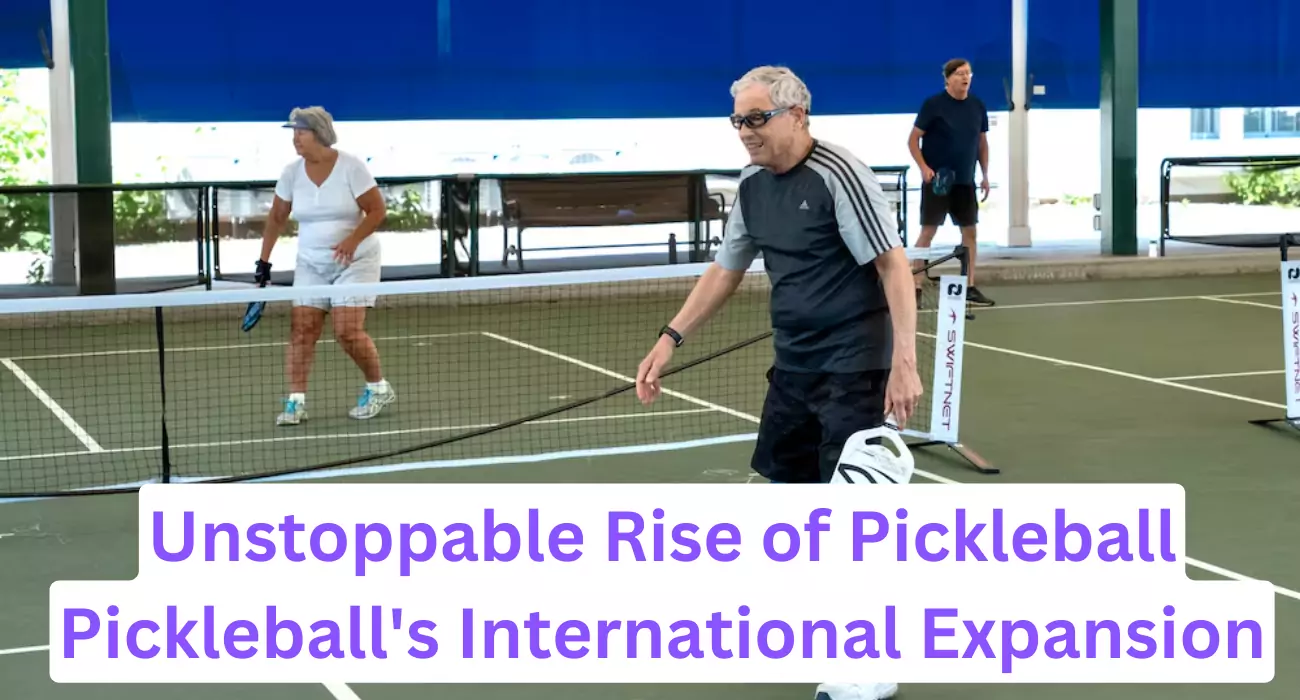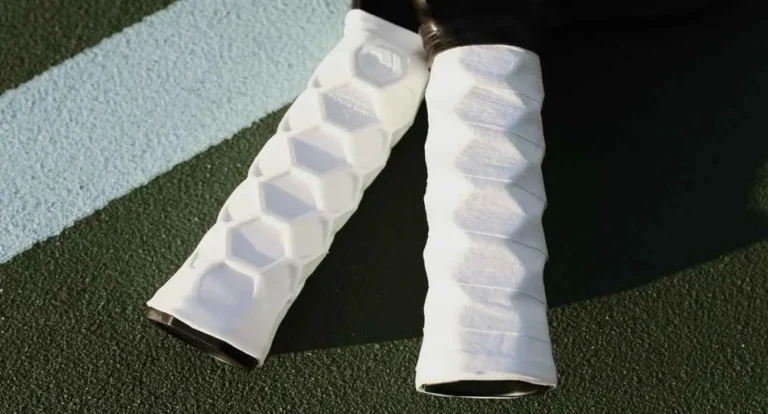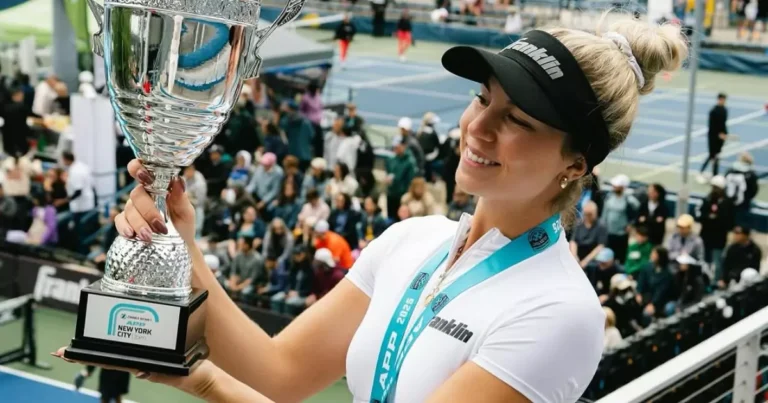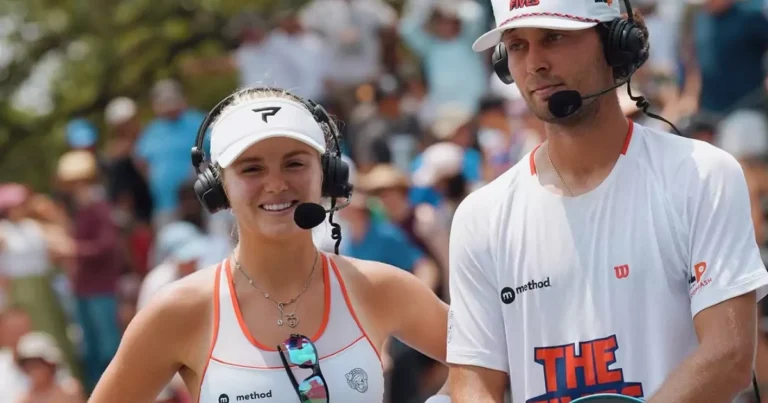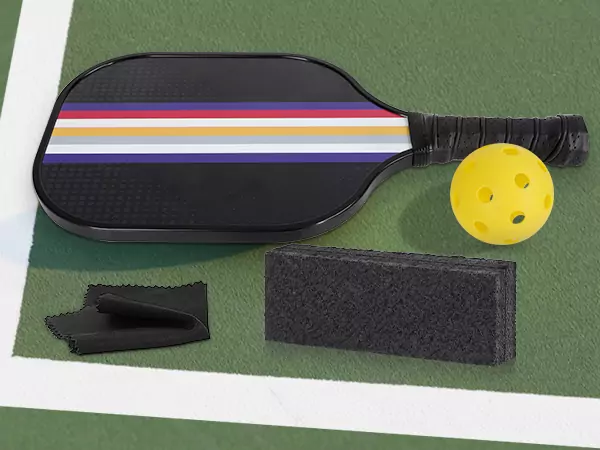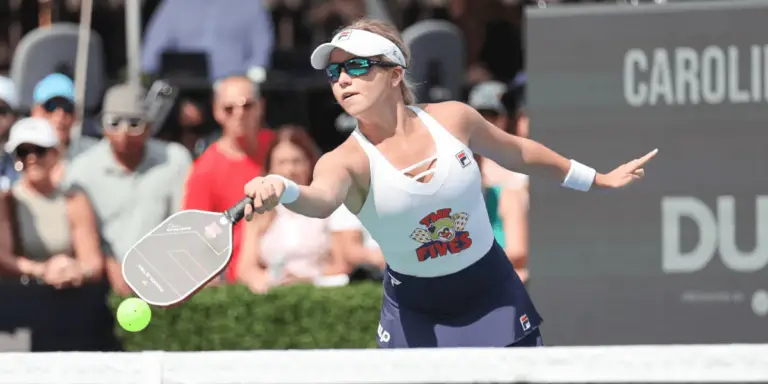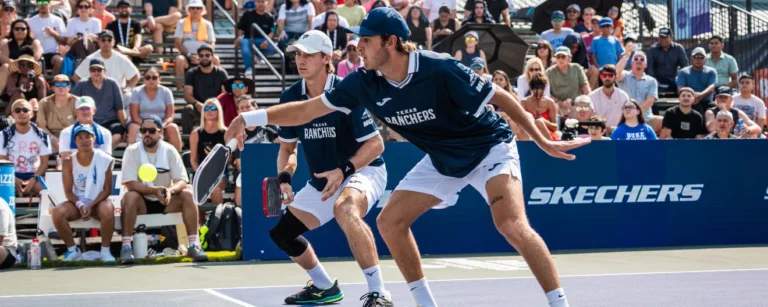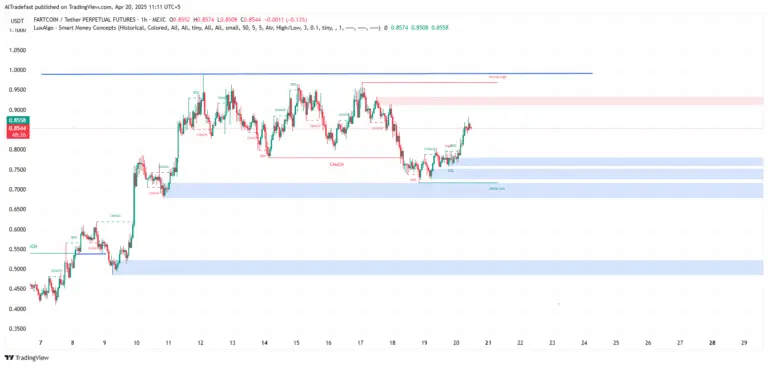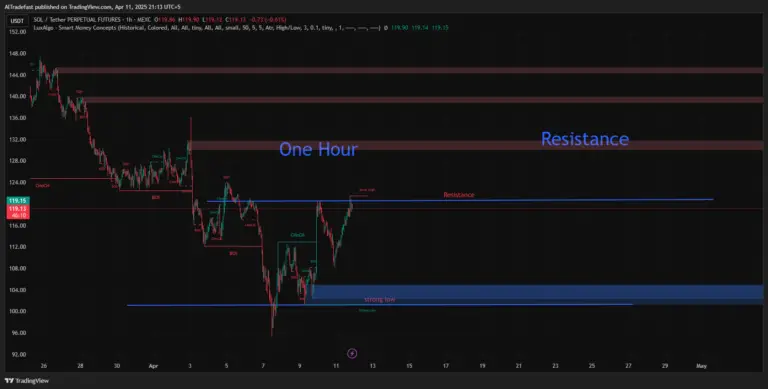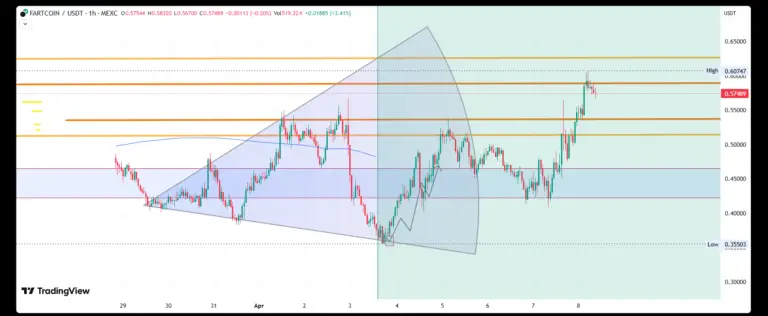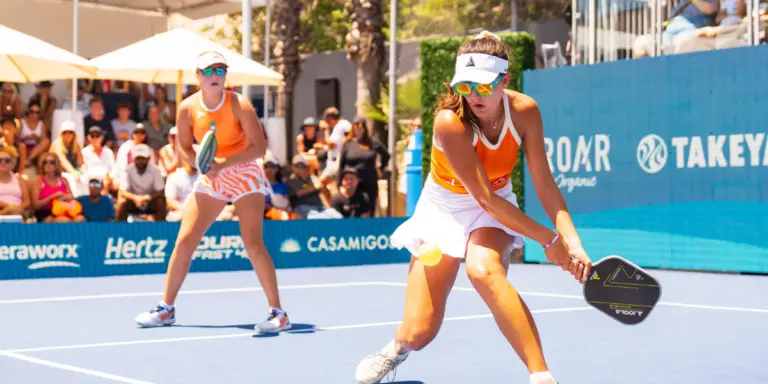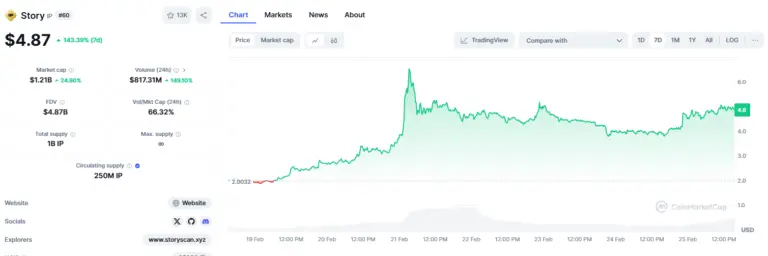The sound of paddles hitting plastic balls echoes through the pickleball courts in Kennebunk, Maine. A dozen enthusiasts gather at the public facility, swept up in the excitement of America’s fastest-growing sport. With its sights set on global dominance and Olympic recognition, pickleball is attracting players of all ages.
For 76-year-old Bob Simmons, a slender and agile retiree, pickleball offers a fun alternative to tennis. “I wanted to stay active and socialize, so I gave pickleball a try,” he shares with The National. “It’s a fantastic community, and I love every minute!”
A Global Phenomenon: Pickleball’s International Expansion
Pickleball’s global expansion is gaining momentum, with courts sprouting up across the United States and beyond. In a significant development, Pickleball Kingdom, the largest provider of indoor pickleball courts, has partnered with Franchise India Group to introduce its brand to India and the UAE.
The rollout will commence in Dubai and Abu Dhabi, with plans to expand to other parts of the UAE shortly. This move marks a significant milestone in pickleball’s international growth, bringing the sport’s unique blend of fun and competition to a new generation of players in the region.
Rob Street, COO of Pickleball Kingdom, is optimistic about the sport’s growth in the region, stating, “Our expansion has been deliberate and strategic, and this is just the first phase of our plan.”
As pickleball, which has a rich history spanning six decades, gains popularity, enthusiasts are now advocating for its inclusion in the Olympic Games. However, the sport must clear several hurdles before it can be considered. It must be played in at least 75 countries across four continents; currently, it is played in 40 countries, including the UAE.
Additionally, an international governing body must be established, and the sport must adhere to the World Anti-Doping Code. Despite these challenges, many believe that pickleball will make its Olympic debut at the 2032 Brisbane Games.
From Backyard to Global Stage: The History of Pickleball
Pickleball’s remarkable journey began in 1965, in the backyard of Joel Pritchard, a Republican congressman from Washington State. Initially, Pritchard and his friends had planned to play badminton, but a lack of racquets led to a creative solution. They repurposed table tennis bats and a perforated plastic ball to create a new game.
The improvised game started with a net height of 1.5 meters, which was later lowered to 0.9 meters, giving birth to the sport we know today. From its beginnings in a backyard, pickleball has spread globally, with its unique blend of fun, social interaction, and competition captivating players of all ages.

The Rules of the Game: Understanding Pickleball’s Scoring System
The trio of Joel Pritchard, Bill Bell, and Barney McCallum devised the rules of pickleball, drawing inspiration from badminton. The game bears a resemblance to tennis, but with a distinct twist: oversized paddles replace traditional racquets. Played with two players on each side, the unique scoring system dictates that only the server can score points, with the serve switching sides upon a fault.
A match is typically won by the first team to reach 11 points, but with a crucial caveat: they must lead by a margin of two points. This simple yet engaging gameplay has contributed to pickleball’s widespread popularity and addictive nature.
Pickleball’s Surging Popularity
Pickleball has experienced a remarkable surge in popularity, with a staggering 223.5% growth over the past three years, resulting in an estimated 36.5 million players in the US, according to Pickleball Kingdom.
Debunking the Stereotypes: Pickleball’s Diverse Demographics
Contrary to the common stereotype that pickleball is a sport dominated by older adults, the largest demographic is actually players aged 18-34, making up 28.8% of the total. While those over 55 do make up a significant portion, accounting for just under 20% of players.
During The National’s visit to Kennebunk, the courts were filled with enthusiastic players, with a notable presence of older adults enjoying the game’s social and competitive aspects.
Players’ Perspectives: Enjoying the Game and Staying Active
John DeRoche, a 68-year-old enthusiast, has been enjoying pickleball for five years. “It’s an affordable and accessible sport, costing just $3 an hour here,” he says. “The games are quick, social, and competitive, and I’ve found it’s an excellent way to stay active, often exceeding 4,000 steps or two miles in a single game.”
DeRoche emphasizes that pickleball is a diverse and inclusive sport, “It’s not just for older white people. We have players like Teddy, a very skilled college student.” Chris Baker, 62, agrees, “I’ve been playing for a year and love that it combines exercise and socializing. The competitive aspect varies, but it’s always fun.”
No posts
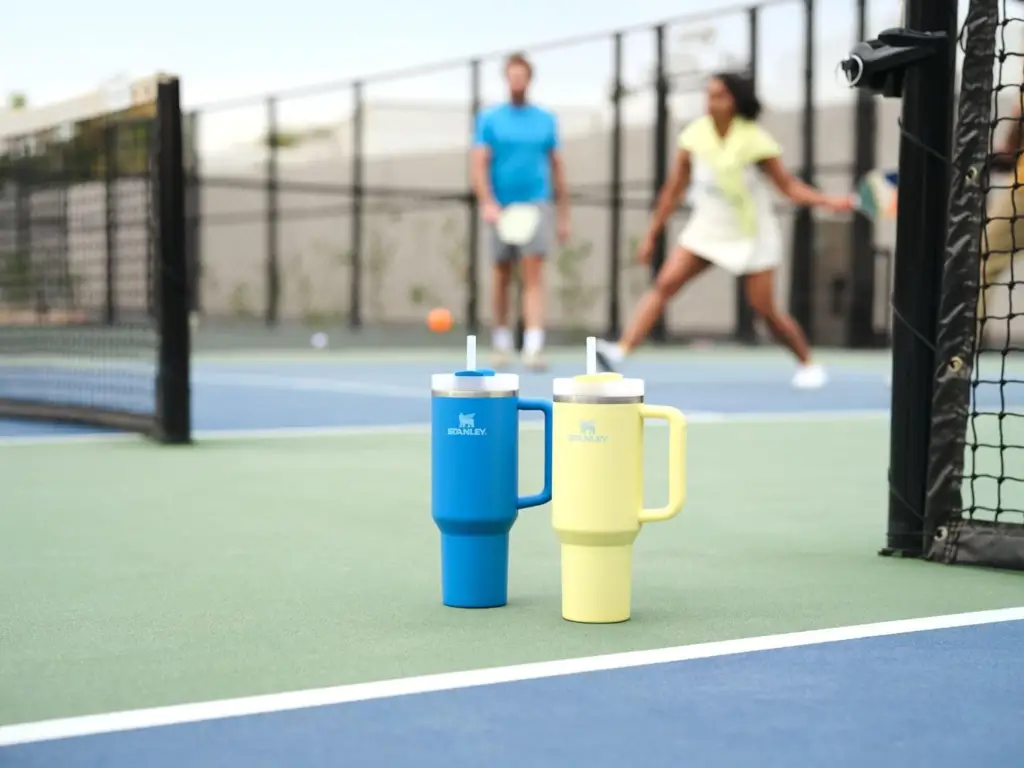
The Future of Pickleball: Olympic Ambitions and Global Growth
As pickleball’s popularity soars, courts are sprouting up in unexpected places, like empty stores and malls. However, this growth has also led to some noise complaints in certain communities, with the constant “clack-clack” of paddles hitting plastic balls becoming a familiar sound.
